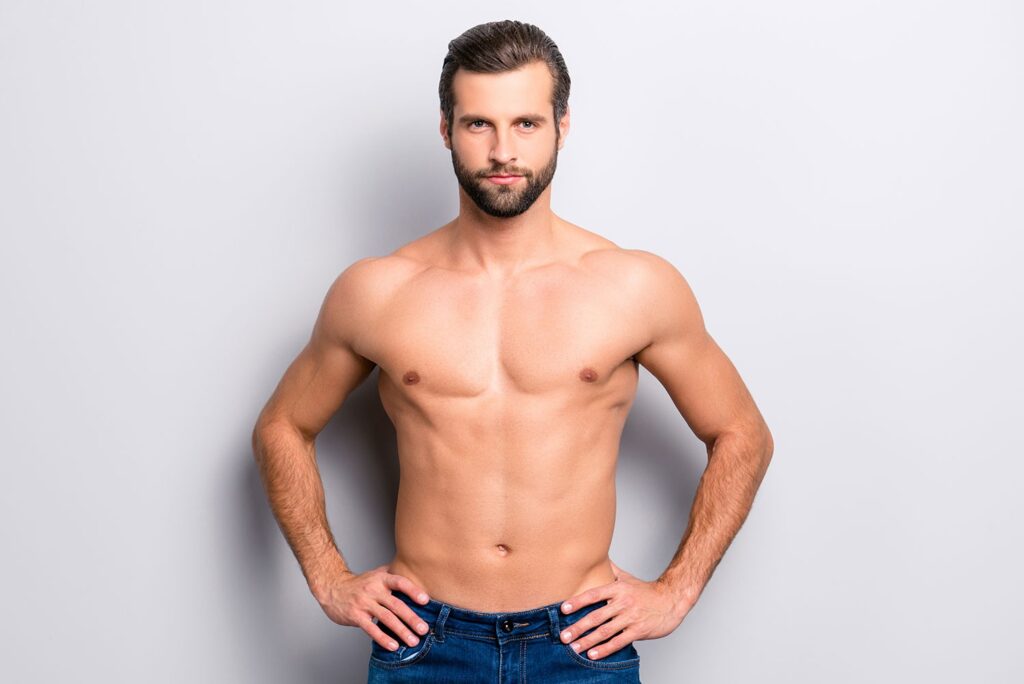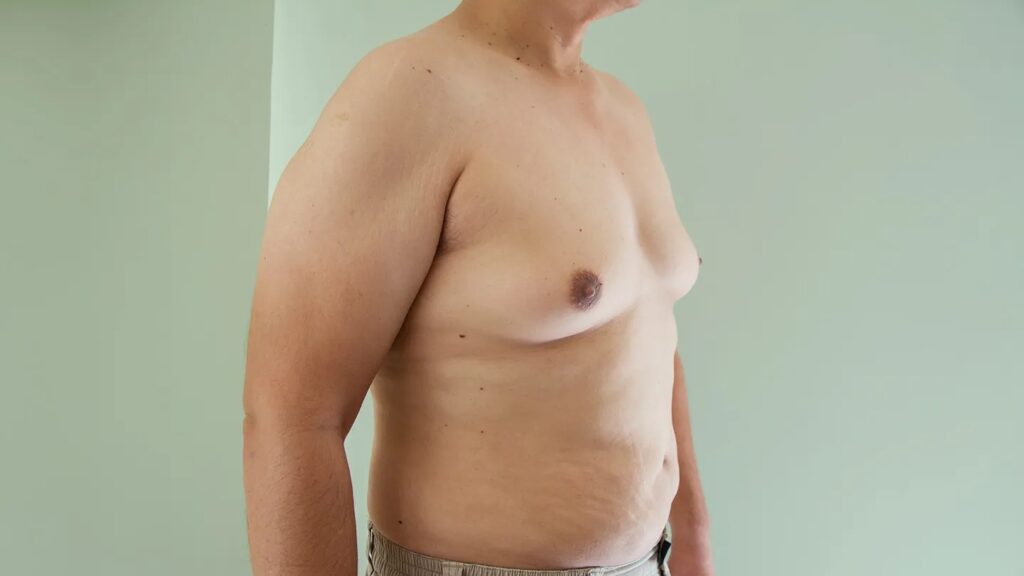Parents and teens in Dubai often wonder whether adolescent boys can develop enlarged breast tissue, and whether it’s something to worry about. The short answer is yes, and in most cases it’s a normal, temporary part of puberty that improves as hormones settle. Between rising awareness, beach-ready lifestyles, and fitness culture, the topic gets a lot of attention — including online searches for Gynecomastia in Dubai — but myths can make it more confusing than it needs to be. Understanding what’s happening, why it occurs, and how to respond can replace worry with practical steps. Here’s a clear, compassionate guide for families navigating this experience
What Is Gynecomastia, Exactly?
Gynecomastia is the benign enlargement of male breast tissue caused by a shift in the balance between estrogen and testosterone. During puberty, hormones surge and fluctuate; it’s common for breast tissue under one or both nipples to grow, feel tender, and then gradually shrink as hormone levels even out. Studies suggest a significant number of adolescent boys experience this at some point, often between ages 12 and 16
It’s different from simple chest fat. True gynecomastia involves glandular tissue, which may feel like a small, rubbery disc beneath the nipple-areola area. The condition is usually harmless and often resolves within months to a couple of years, especially as growth spurts settle
Why Teenagers in Dubai Might Notice It More
- Rapid growth and hormonal swings: Puberty isn’t linear. Growth spurts, sleep changes, and stress can amplify hormonal fluctuations that contribute to temporary breast tissue growth
- Body composition: Higher body fat can increase aromatase activity, which converts testosterone to estrogen. That shift can encourage breast tissue development. Balanced nutrition and regular activity help
- Supplements and performance enhancers: A strong gym culture can tempt teens toward “mass” or “cutting” products. Some may contain hidden prohormones or compounds that disrupt hormones. Sticking to reputable, transparent products and avoiding anabolic agents is key
- Certain medications and substances: Some acne, anxiety, or hair-loss treatments, as well as alcohol or cannabis, can influence hormones. Any changes should only be made with guidance from a qualified healthcare provider
- Visibility and awareness: With warm weather and beach activities, teens may simply notice chest changes sooner, increasing concern and questions
How to Tell Gynecomastia From Fat
- Feel for a small, firm, round or oval disc directly under the nipple. That suggests glandular tissue rather than diffuse fat
- Look for tenderness. Mild soreness is common with pubertal gynecomastia
- Consider symmetry and timing. Pubertal cases often begin on one side, then appear on the other, and may fluctuate over time
- Pseudogynecomastia (fat-related fullness) tends to be soft and widespread, not concentrated right beneath the nipple
If anything feels very hard, fixed, rapidly growing, or clearly different from the other side, it’s sensible to seek a professional evaluation
When to Seek a Professional Evaluation
Reach out to a qualified healthcare provider if any of the following apply:
- A hard, irregular, or one-sided lump that grows quickly
- Nipple discharge, especially if bloody, or skin changes like dimpling
- Significant pain, swelling, or redness
- Persistent enlargement beyond 12–18 months, or after other signs of puberty have stabilized
- Accompanying symptoms such as unexpected weight loss or fever
- Use of anabolic steroids, prohormones, or medications known to affect hormones
A focused history and exam can differentiate typical pubertal changes from less common causes and help map out next steps
What Teens Can Do Now
- Keep training smart: Prioritize form, progressive overload, and rest. Skip performance enhancers and unverified supplements
- Eat for balance: Emphasize lean protein, whole grains, fruits, vegetables, and healthy fats. Consistency helps stabilize body composition
- Sleep and stress: Aim for 8–10 hours of sleep, and use stress tools like breath work or light activity. Hormones thrive on routine
- Review medications and supplements: Never stop or switch without guidance. Bring a full list to your provider for a safe review
- Be patient: In many teens, breast tissue shrinks as hormones even out. Sudden crash diets or extreme workouts won’t “spot-reduce” the chest and can backfire

Handling the Emotional Side
Body changes during adolescence can feel intense, especially in social or beach settings. A few strategies help:
- Choose supportive, well-fitting tops for workouts or swim activities
- Limit comparison on social media and remember lighting, angles, and editing skew expectations
- Talk with a trusted adult about how you’re feeling. Being heard reduces anxiety and isolation
- Keep moving. Regular exercise lifts mood and confidence while supporting healthy hormone balance
Treatment Paths When It Doesn’t Go Away
If enlargement persists, options depend on cause, duration, and impact on daily life. Many cases still improve over time, so monitoring may be appropriate. In select situations, medication may be considered to address hormonal drivers, particularly when started early. If tissue becomes stable and bothersome despite lifestyle changes and time, procedural solutions may be discussed to reshape the chest. The best plan is individualized, evidence-based, and aligned with the teen’s goals and wellbeing
Final Thoughts
Yes, teenagers in Dubai can experience this condition, and in most cases it’s temporary, manageable, and nothing to be ashamed of. If worry lingers, a calm evaluation, supportive habits, and clear information go a long way. While conversations about Gynecomastia Dubai can feel sensitive, choosing reliable guidance, focusing on overall health, and giving puberty time to do its work can help teens feel comfortable in their bodies and confident about the future

